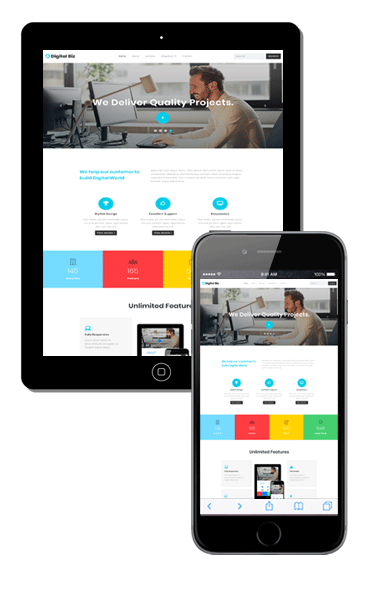Web Development
Web development is the work involved in developing a web site for the Internet World Wide Web or an intranet.
View Details
Software Development
Software development is the process of designing, programming,testing, and bug fixing involved in creating.
View Details
Website Design
Web design encompasses many different skills and disciplines in the production and maintenance of websites.
View Details






